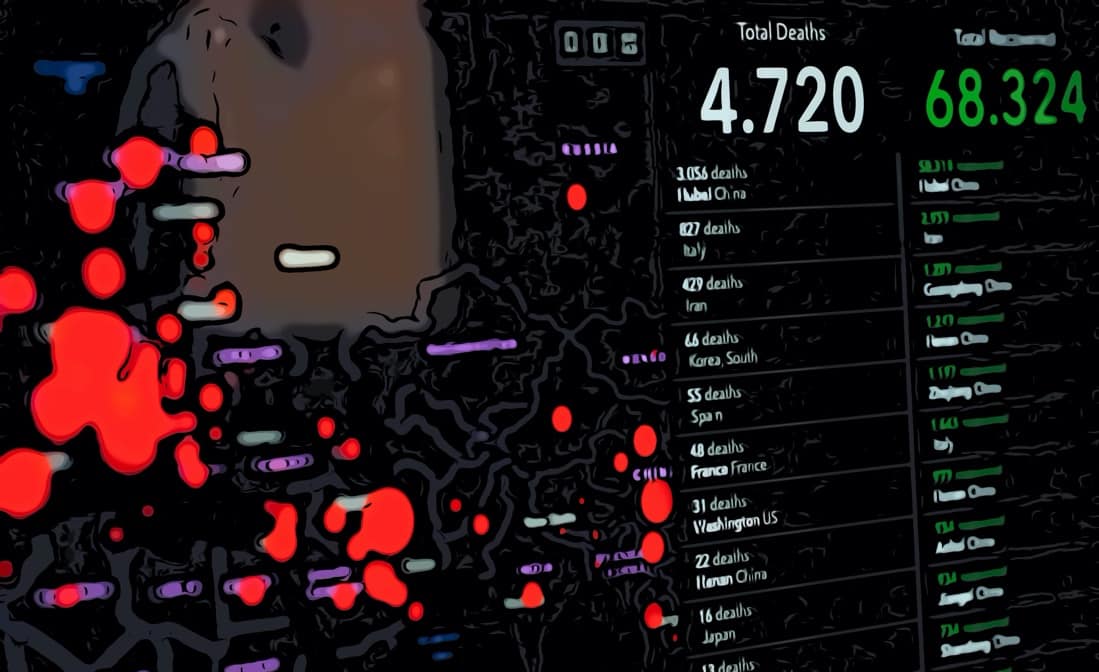The global outbreak of Coronavirus or COVID-19 has been unprecedented in the effect it has had on individuals, businesses, and governments around the globe.
As the virus has spread, the ways that we are interacting with each other has changed. As governments have implemented guidance for citizens to remain at home, the question has shifted towards what this means for businesses as individuals remain indoors for the foreseeable future.
Another big issue for governments and response planners is how they implement this advice. Are guidelines being followed? What is the impact of these guidelines and is it having an effect on the transmission of the virus.
These are all questions that we think our anonymized data set can help to solve. By understanding how citizens are moving and behaving on an aggregated and macro-level, it’s possible to provide insights to help inform those that need these insights to keep the population as safe as possible.
That’s why we’re making our dataset freely available in many cases where it can have a positive impact on reducing the spread of the virus or where it can provide significant assistance in responding to the spread of COVID-19.
We’d firstly like to illustrate some specific use cases where our data can be of use for a coronavirus response. We encourage those that require free and rapid access to the data to follow the form at the end of this article.
Using location data as a tool in the response to COVID-19
Understanding busy locations as areas to avoid
Device movement data can help provide insights into areas that are currently experiencing high amounts of social activity. Identifying large gatherings of people can help to give up to date advice to citizens of areas to avoid.
It can also assist responders in dispersing people from areas where large amounts of people are gathering and risk rapidly spreading the virus. A good example of which is the increased number of visits to London’s parks during weekends.
Understanding how the virus is spreading in new areas
Overlaying positive test cases with historical locations can help to understand hotspots and how the virus initially spreads throughout new and existing regions.
For example, in areas where the virus is in the infancy of spreading. Understanding all the people who may have been exposed and requesting that they self isolate can have a considerable impact on delaying the spread.
Data can also be at the forefront of a proactive response to the spread of COVID-19. For example, by identifying hotspots and areas where the virus is known to have spread, data can help to identify other devices that have exhibited similar behavior.
Understanding the impact on businesses and coordinating financial aid to those who need it
Over the coming weeks and months, it’s unavoidable that businesses of all kinds will be hit by the impact of people remaining at home and the forced closure of physical stores and retail locations.
For these businesses, it’s crucial to quantify the effect that these factors are having on businesses. For governments, understanding the impact that the fall in footfall is having can help to direct financial aid to the right place in any potential recovery effort.
Next steps
It’s important to note that any effort to use this data will exist along with the robust privacy processes that all of our customers are expected to adhere by. Tamoco has built-in protections to ensure that any data can’t be reverse engineered to track individuals. All data requires opt-in, is anonymized and aggregated to ensure these protections are respected.
As we mentioned at the top of this post, for cases where our data can be used to assist in response to the spread of COVID-19, we are allowing free access to our aggregated and anonymized dataset.
To get set up, we ask that you complete the following form so that we can coordinate.
[contact-form-7 404 "Not Found"]
James is the head of marketing at Tamoco

